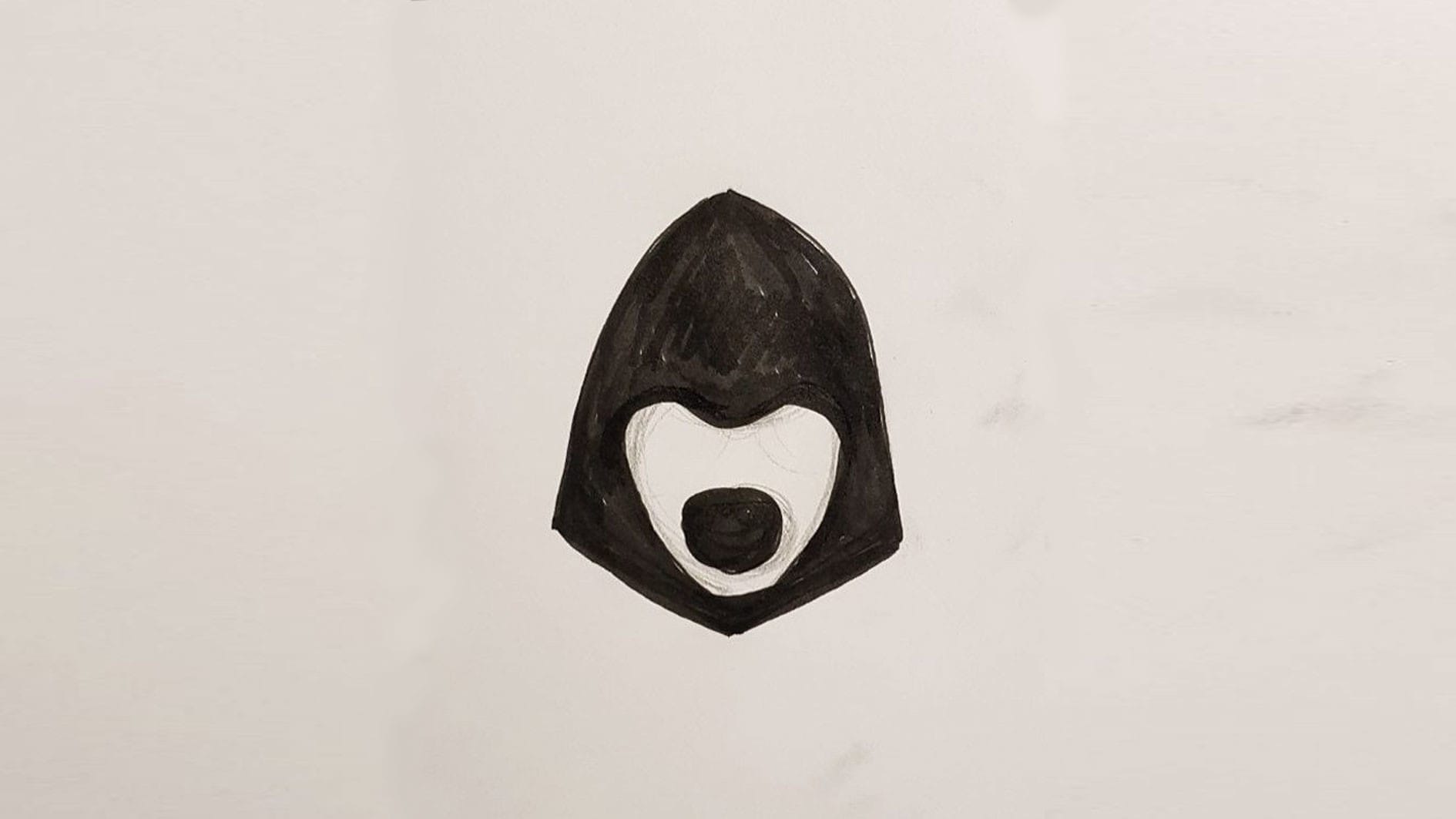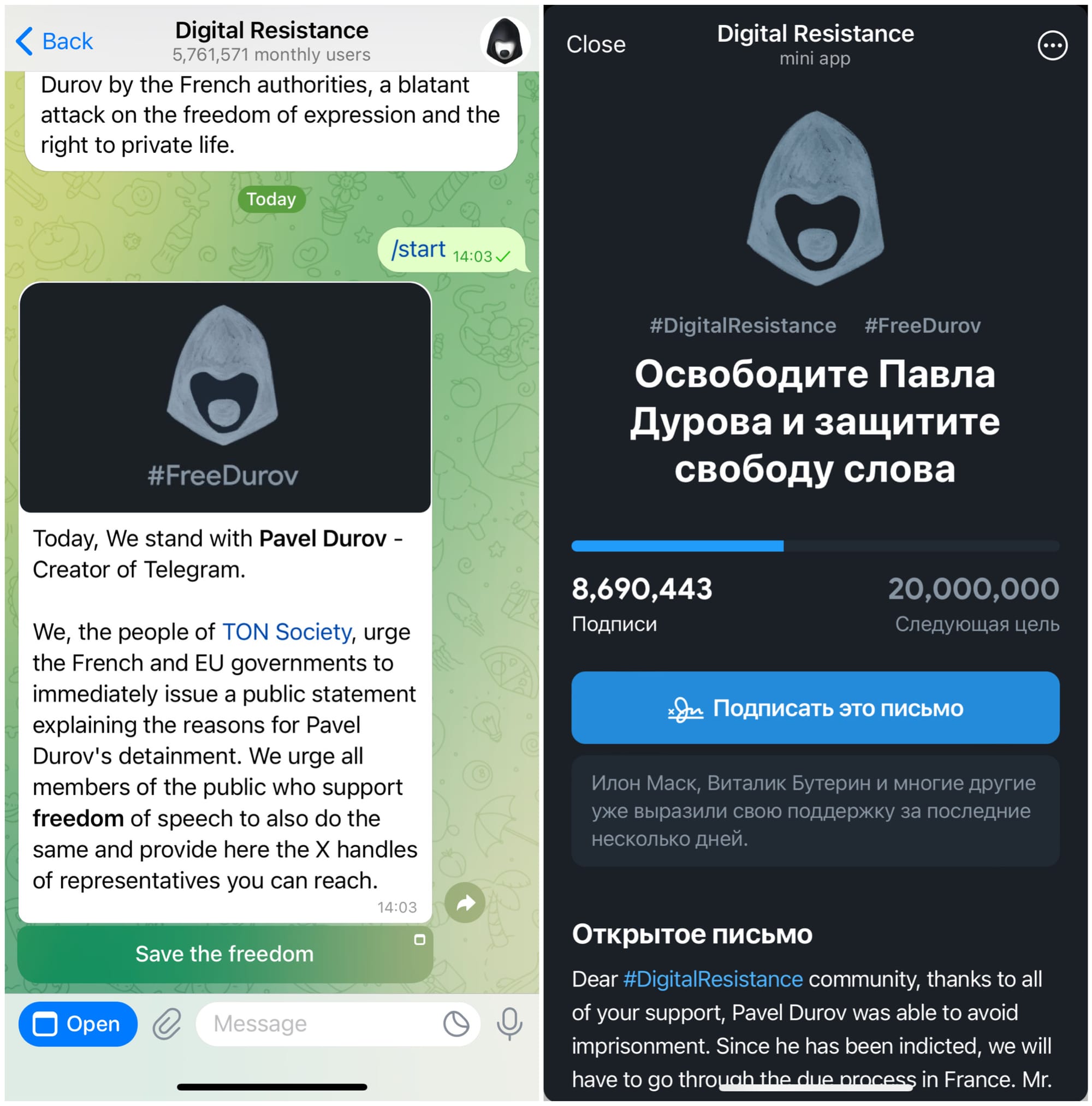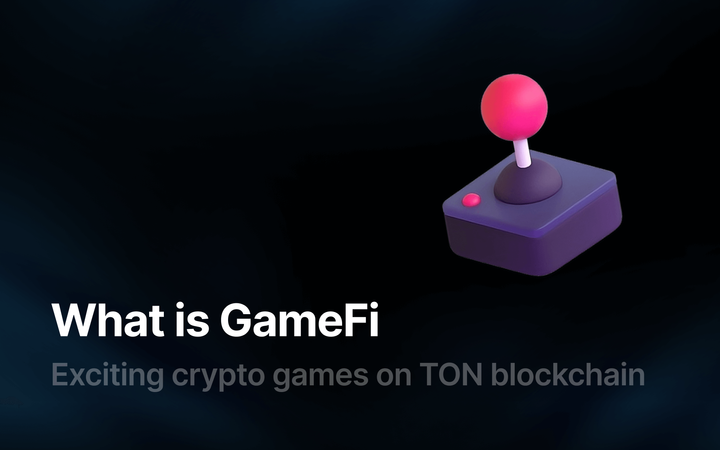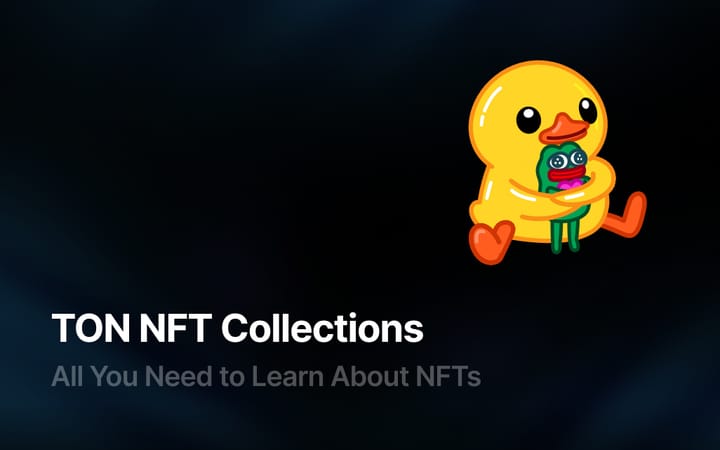What is Digital Resistance?

We live in a world where the internet has become the battleground for the most important fights for freedom of speech and privacy. Governments and large corporations tirelessly strive to gain control over data, restrict access to information, and attempt to infiltrate the personal communications of every individual. In response to these challenges, the Digital Resistance movement was born - a revolution in the digital space that stands up for our rights.
The Origins of the Digital Resistance Movement
Digital Resistance began in 2018 when the Russian government decided it could simply "pull the plug" and block Telegram. But Pavel Durov, known for his steadfastness, was not going to play by their rules. Refusing to hand over encryption keys, he triggered a chain reaction - a large-scale blocking of Telegram in Russia. But instead of giving in, Durov went all-in and created a movement for digital freedom and privacy, because for him, "freedom or nothing" was more than just a slogan.
These events were not just a protest - they marked the start of something bigger. Digital Resistance became a symbol of defiance against pressure and control, and its ideas began to spread worldwide. This moment became the starting point for a global fight for digital rights, engaging millions of people.
In one of his memorable statements, he said:
"We promised our users 100% privacy and would rather cease to exist than violate this promise."
And at the center of this epic battle appeared Resistance Dog - a dog in a hoodie, symbolizing resilience and the refusal to comply. This image first emerged back in 2011 when Durov, faced with demands to delete activists' posts, responded with a photo of his dog in a hoodie, showing his refusal to bow to censorship. Since then, Resistance Dog has become a global symbol of the fight for freedom of speech.

Movement Goals
The Digital Resistance movement has several key goals:
- Fighting for freedom of speech on the internet and against censorship.
- Opposing governmental control over digital communications.
- Protecting users' rights to privacy.
- Promoting cryptographic technologies for data protection.
Since its inception, the movement has united millions of people, and its influence has spread far beyond Telegram. Digital Resistance has caught the attention of free internet advocates worldwide, becoming an important part of the global struggle against internet censorship.
Pavel Durov's Arrest in August 2024
On August 24, 2024, French authorities detained Pavel Durov. Their accusation? Insufficient content moderation on Telegram. They decided they could hold Durov accountable for not monitoring user actions on his platform. For the crypto community, this seemed absurd: how could someone be held responsible for content they did not create?
Impact on the Community and the Digital Resistance Movement
This arrest became the spark that ignited the fire in the Digital Resistance movement once again. The TON community and millions of Telegram users exploded with activity - hashtags like #FreeDurov appeared in every post, and users changed their avatars to Resistance Dog as a symbol of their determination to defend freedom of speech and the right to privacy. It was a global digital protest, where every participant could express their support for internet freedom.
But it didn’t stop there. The TON Society launched an innovative mini-app in Telegram called "Open Letter," where anyone who values the right to privacy and free speech could sign an open letter to the French authorities. The letter had two clear demands:
- Free Pavel Durov from detention.
- Allow Telegram to protect its users' freedom of expression and right to privacy.

Over 6 million signatures were collected in a week.
Pavel Durov’s Release and His Statement
After four days of questioning, Pavel Durov was released from detention but remained under judicial supervision. In his first message on Telegram after his release, he thanked everyone for their support and noted that the charges against him were unexpected since Telegram has an official representative in the EU responsible for responding to government requests.
Durov emphasized that attempts to hold him responsible for Telegram users' actions were misguided.
"Using laws from the pre-smartphone era to charge a CEO with crimes committed by third parties on the platform he manages is a misguided approach." he stated.
Key Projects of Digital Resistance
The Digital Resistance movement supports several important projects aimed at protecting users' rights and data amid increasing internet censorship.
Resistance Dog ($REDO)
$REDO is the first memecoin created on the TON blockchain, inspired by the symbol of Digital Resistance - the same hoodie-wearing dog that has long become an iconic figure in the crypto community. But $REDO is more than just a meme. It promotes the ideas of decentralization and cryptographic security, becoming an important part of the TON ecosystem. The $REDO team actively participates in events, supports community initiatives, and continuously strengthens its presence in the crypto world, proving that memes can change the world.
Read more about this project here.
Resistance Girl (REGI)
Resistance Girl (REGI) is a symbol representing the quest for freedom of speech and decentralization on the internet, embodied as a mysterious blonde. The project supports both TON and Telegram, helping strengthen the community fighting for an independent and free internet.
Right now, the project is working on an interactive game that could become a way for users to engage with the movement and continue digital resistance while playing and earning.
ResistanceCat (RECA)
ResistanceCat (RECA) is a cat standing guard over Telegram and TON users, protecting them from fraud in the crypto space. RECA’s goal is to provide users with secure tools for working with cryptocurrencies and help them avoid financial risks. The RECA team is actively developing its functionality to make cryptocurrency use in TON safe and accessible for everyone.
The Future of Digital Resistance
Digital Resistance is not just a movement - it’s a necessary response to attempts to control the digital space. In an era where governments are increasingly trying to dictate rules on the internet, such initiatives are becoming key defenders of our rights - the right to freedom of speech and the inviolability of privacy.
Initiatives like ResistanceCat, ResistanceDog, and ResistanceGirl are living examples of how to effectively resist pressure and censorship using the power of decentralization and blockchain technologies.
With each passing day, interest in cryptocurrencies grows, and blockchain networks like TON become more powerful. In this environment, Digital Resistance gains more tools to defend digital rights. A world where a decentralized internet is not just a dream but a standard no longer seems so far away. It’s a future where no government will be able to impose its rules, control information, or invade users' privacy. An era where freedom and decentralization are not just buzzwords but a reality we’re moving toward at blockchain speed.
But challenges remain. As Pavel Durov himself said:
"Establishing the right balance between privacy and security is not easy. "
This phrase highlights the central dilemma that tech platforms face: how to protect users' rights while complying with the laws and standards of different countries.







